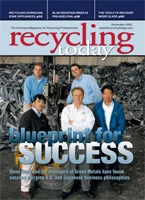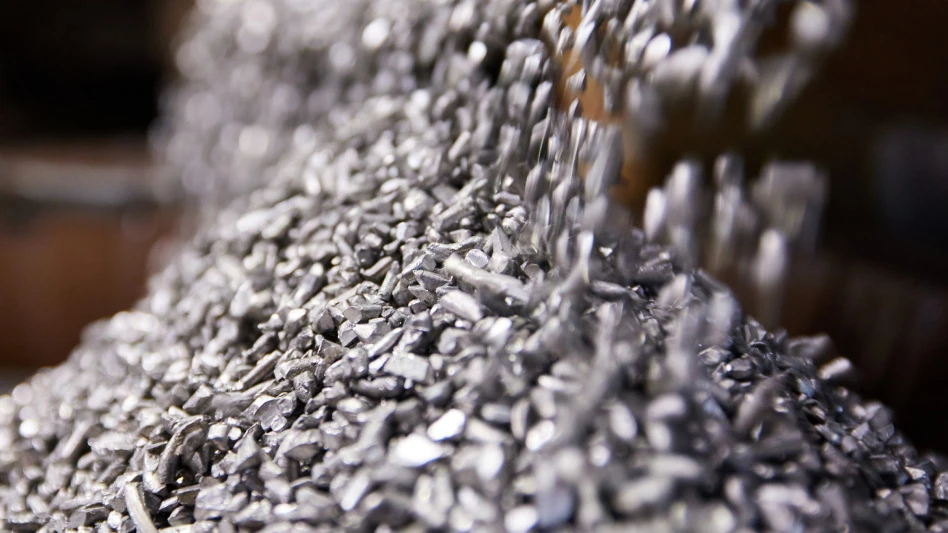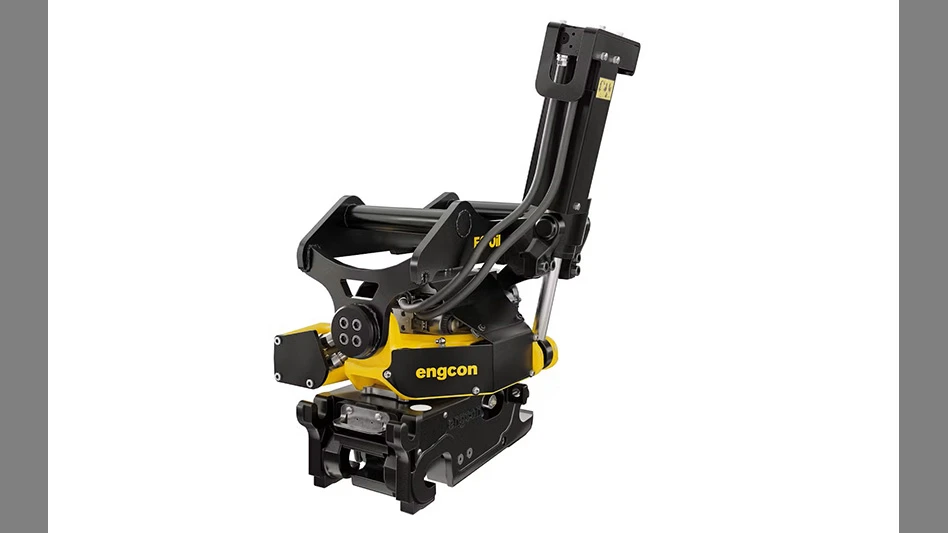folding-chair-across-the-back version) dictate that a competitor receives two points for a reversal maneuver. In a reversal, one wrestler decisively moves from being on the bottom (and seemingly in the grasp of the competitor) to taking control, switching to the top position.
A look at the global economy over the past three or four years points to a successful reversal maneuver for many producers of basic materials. After years of being beaten down by a chain of power that started with the largest automakers and retailers, a seismic shift in the supply-and-demand balance has allowed basic materials producers (steelmakers, mining companies and some paper makers among them) to dictate more favorable pricing and negotiating terms.
Processors and shippers of secondary commodities have been among the beneficiaries of the basic materials reversal maneuver. A scenario in which demand outweighs supply across the commodity markets has increased demand for and the value of most scrap materials.
Some observers are predicting that the reversal that has put basic materials producers back on top will stay in effect for some time to come. More than one year ago, speaking at the 2004 ISRI Annual Convention in April of that year, commodities analyst David Hightower noted how the striving of some 3 billion people in China and India to attain middle class status has produced a situation where, "There hasn’t been a more bullish market for commodities in the last 28 years."
In the ensuing 16 months, Hightower has been proven to be on the mark, as commodities ranging from crude oil to copper to soybeans have trended upward, driven by surging demand from Asia.
While hot markets can bring their own headaches, an economy where commodity scarcity is an over-arching factor offers intrinsic advantages to recyclers. In such an economy, the secondary commodities handled by recyclers are in demand, and manufacturers have a genuine interest in fully closing the loop to keep scrap materials within the supply chain.
Just a couple of decades ago, environmentalists were in the vanguard (and often alone) pushing for greater recycling activity. As of 2005, the paper industry (through its trade group, the American Forest & Paper Association) is spending its time and money to push America toward a 55 percent paper recycling rate. And casual visitors to Web sites maintained by such groups as the Aluminum Association and the American Plastics Council might be surprised at the prominence of the recycling message.
A wrestling match, like the business cycle, can feature more than one reversal. For now, though, recyclers can feel like they at least have some semblance of control.

Explore the December 2005 Issue
Check out more from this issue and find your next story to read.
Latest from Recycling Today
- Author predicts spike in silver’s value
- SWANA webinar focuses on Phoenix recycling collaboration
- Domestic aluminum demand up through Q3 2024
- IntelliShift honored at IoT Breakthrough Awards
- Ace Green Recycling finalizes plans for battery recycling site in India
- Ambercycle, Benma partner to scale circular polyester
- NIST database aimed at increasing textile recycling
- ILA, USMX announce tentative agreement





